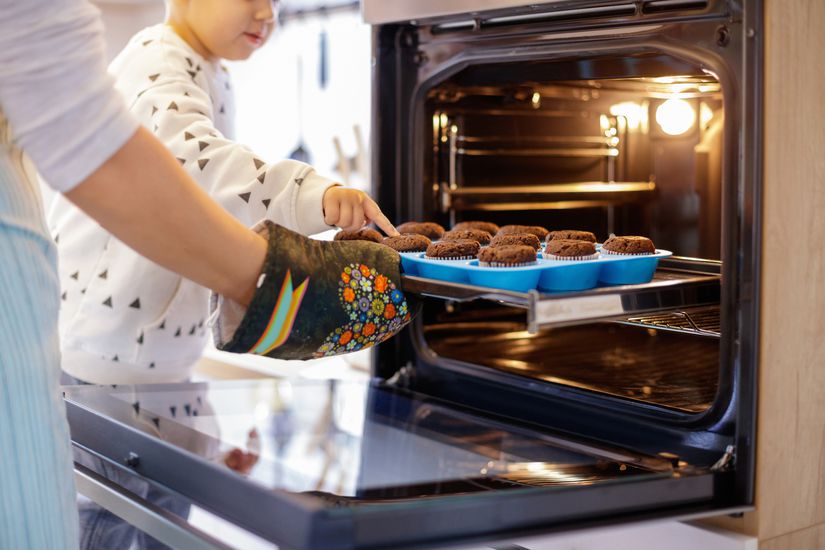Baking 101
You can be a good cook, but a terrible baker. While cooking offers room to improvise, baking often requires that you follow the directions to a T. If you are someone who likes to use recipes as inspiration rather than following them verbatim, you might want to change your approach if you're baking something. There are tons of common mistakes you can make in the baking world, and these are some of the main ones to watch out for.



















